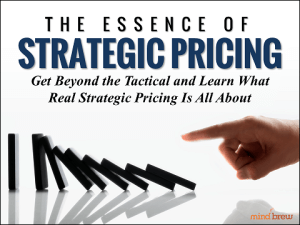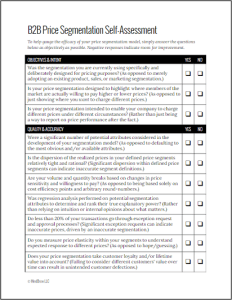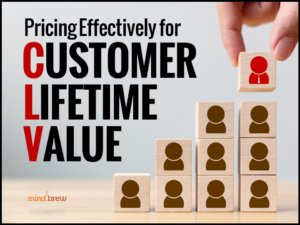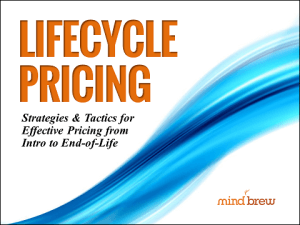As pricing professionals, we sometimes get so caught up in the advanced concepts and esoteric practices of pricing that we overlook some of the basics. We get so focused on the latest economic theories and cutting-edge models that we ignore some of the fundamental principles that govern overall pricing performance.
Take supply and demand, for example….
Even a rudimentary understanding of supply and demand tells us that if no one shows up to our garage sale, we’re going to have a very hard time getting rid of our “treasures” at the prices we’ve written on those little orange stickers.
On the other hand, if lots of people show up and demonstrate interest in our “vintage” stereo system, complete with two boxes of “collectible” 8-track tapes, we might actually stand a chance of unloading it without too much haggling.
Yes, it’s a silly example. And, of course, we all get it.
But how many pricing groups are really paying attention to the demand side of the equation, specific to their particular business?
Sure, most pricing groups have some notion about overall demand in their particular sector or industry. But that’s a bit like knowing how many people overall are out visiting garage sales on a Saturday—it’s interesting, but it tells you very little about how many people are actually going to be visiting your garage sale and vying for your offerings.
To engage in real strategic pricing, you have to understand what your sales and marketing teams are doing with respect to demand generation for your business. After all, the better your sales and marketing efforts are at channeling market demand and generating sales opportunities, the more effective your overall pricing efforts will be.
And it’s not just about having more customers vying for your offerings. It’s also about how the demand picture in your business influences how your sales reps’ will behave when it comes to pricing and discounting. Simply put, a salesperson’s discounting behavior will often change depending on how much demand they have to work with.
If you doubt that these dynamics exist in your business, just look at the differences in discounting behavior between a salesperson with only 2 or 3 sales opportunities in their pipeline, and one with 10 or more opportunities in their pipeline. A sales rep with only a couple of chances to hit their number is a “desperation discount” just waiting to happen.
Yes, demand generation in your business is technically someone else’s responsibility. But if you really want to be a more strategic pricer and create the conditions for better pricing outcomes, it’s something you need to understand and pay attention to.














